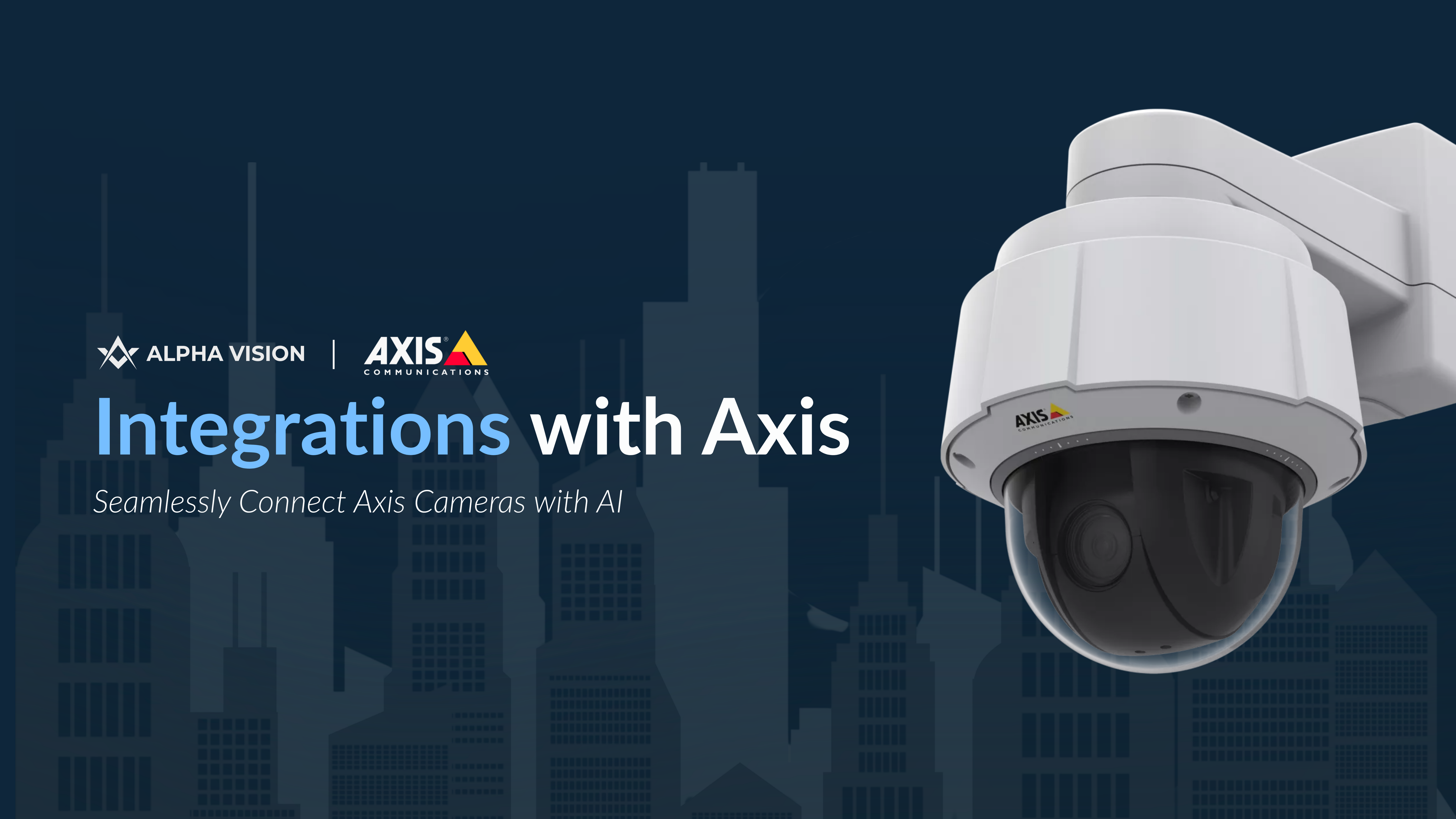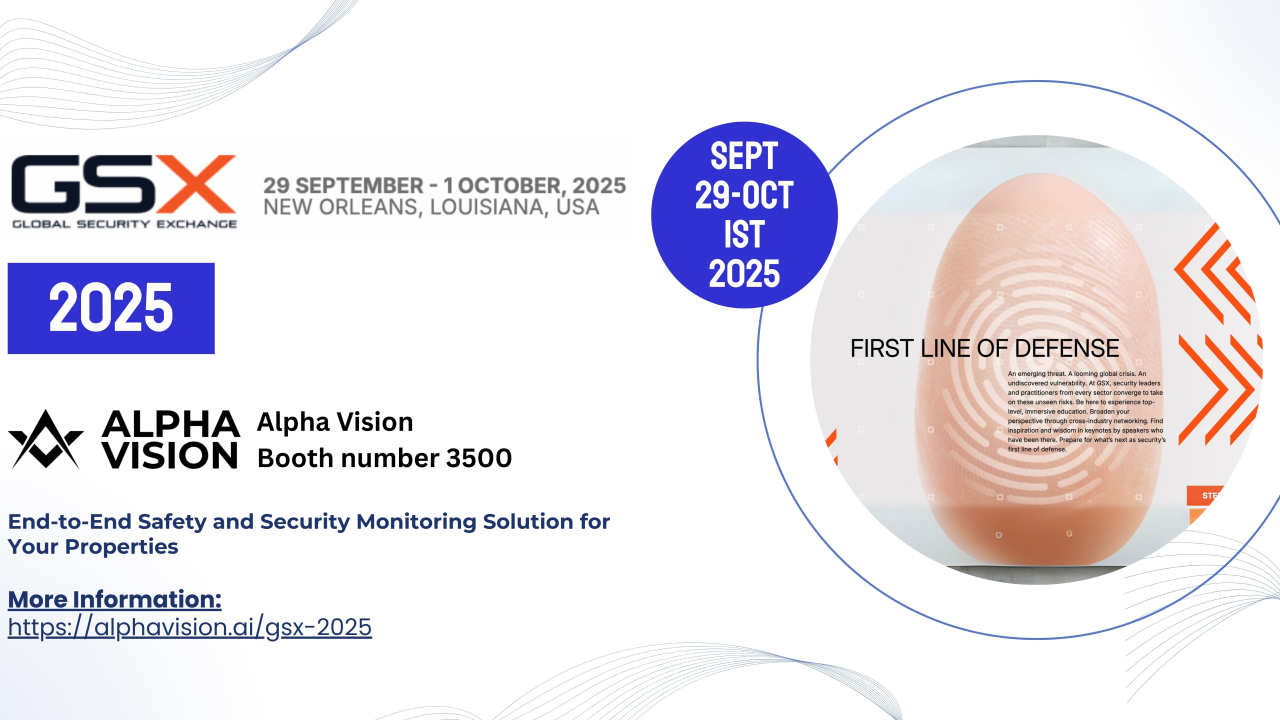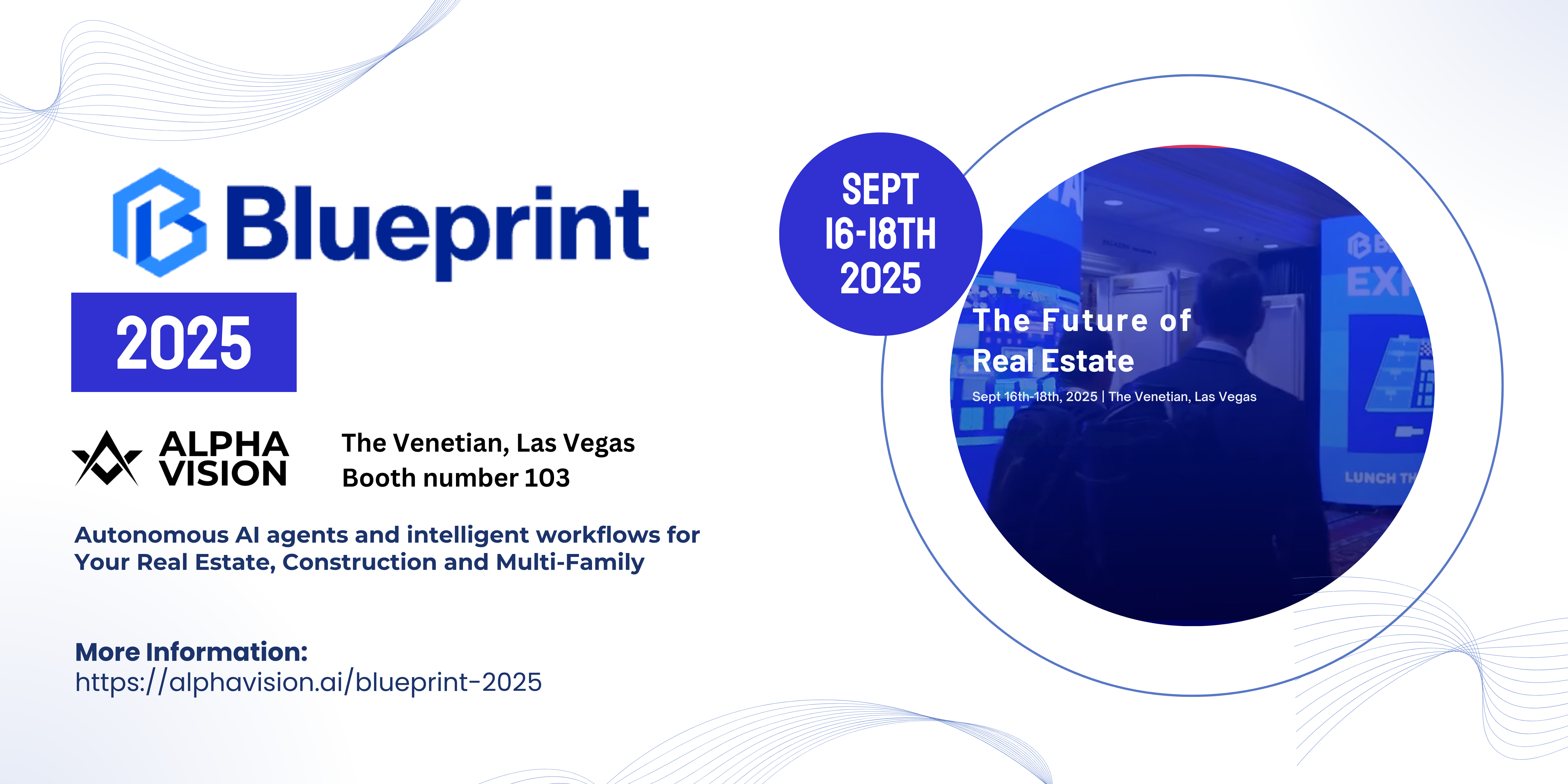Retailers today face intense margin pressures from rising theft, fraud, and operational inefficiencies. In North America alone, retail shrink (losses from theft and error) was estimated at over $120 billion in 2024, directly eroding profitability. To protect their bottom line, many retailers are investing in AI-powered security solutions that not only prevent losses but also streamline operations and improve decision-making. These modern systems go beyond passive CCTV – they proactively detect threats, send real-time alerts, and even provide business insights from video data, all of which contribute to a stronger return on investment (ROI) through loss reduction and efficiency gains.
Below we highlight the 10 best AI-driven security solutions recognized for boosting retail ROI. Each solution leverages cutting-edge AI to help retailers reduce shrink, enhance safety, and optimize operations. The list is ordered by rank, with all solutions being either NDAA-compliant or cloud-based, ensuring they meet enterprise security standards.

1. Alpha Vision + Axis Integration – AI-Powered Surveillance with Axis Hardware
Alpha Vision + Axis is a robust integration that combines Alpha Vision’s AI software platform with Axis Communications’ industry-leading cameras. This combined solution offers retailers the best of both worlds: Axis’s state-of-the-art camera hardware (renowned for clarity and durability) paired with Alpha Vision’s cloud-native “Physical AI” analytics. The result is a plug-and-play surveillance system delivering top-tier imaging and intelligent monitoring capabilities in real time.
-
High-End Axis Cameras: Retailers gain exceptional video clarity and coverage. Axis’s premium cameras offer up to 40× optical zoom for capturing fine details at a distance, and 360° panoramic views to eliminate blind spots with a single device. The cameras are rugged, weatherproof, and vandal-resistant, ensuring reliable operation both indoors and outdoors – ideal for store perimeters, parking lots, and other challenging environments.
-
Alpha Vision AI Analytics: Connecting Axis cameras to Alpha Vision’s platform transforms them into active, AI-driven security agents. Key features include Magic Search (instantly find video clips by object, behavior, or event), Intrusion Alerts (real-time detection of unauthorized entry with instant notifications), License Plate Recognition for vehicle monitoring and alerts, and an AI Inspector for automated compliance and safety checks (e.g. detecting unsafe behaviors or missing PPE). Essentially, routine surveillance tasks are handled by AI so staff can focus on responding to incidents and customers.
-
Live Intervention & Deterrence: This integration supports two-way audio with networked speakers, enabling security operators to talk down to suspects or broadcast warnings remotely. Coupled with Alpha Vision’s proactive alerts, this means incidents can often be deterred or de-escalated in real time – for example, a guard can immediately announce to a suspected shoplifter that they are being observed, stopping theft before it happens.
-
Compliance & Cloud Convenience: Built for enterprise standards, Alpha Vision + Axis is fully TAA and NDAA compliant, meeting strict government and corporate security requirements. The solution is also 100% cloud-native, requiring no on-site NVR/DVR. Deployment is plug-and-play: simply install Axis cameras with Alpha Vision’s firmware and they auto-connect to the cloud for instant setup. Updates and new AI features roll out via the cloud, so the system stays up-to-date without manual maintenance.
-
Scalability & Cost Efficiency: Designed to grow with your business, this system makes it easy to expand coverage across multiple locations without heavy infrastructure investment. Adding a new store is as simple as mounting additional cameras and connecting them to the Alpha Vision cloud. Centralized, multi-site management keeps IT overhead low and ensures consistent security policies. This cost-efficient, scalable approach means whether you have 5 stores or 500, you can strengthen security and reduce shrink with minimal incremental cost.
-
Proven ROI Impact: The Alpha Vision + Axis combo is trusted by organizations across retail, corporate campuses, government facilities, and construction sites for its reliability and intelligence. In retail specifically, it not only prevents theft and fraud through real-time intervention, but also provides operational insights (like monitoring customer traffic or checkout lines) that can improve service and efficiency. By proactively preventing losses, enabling fast incident response, automating routine monitoring, and simplifying expansion, this solution directly boosts retail ROI. Retailers get the top-tier imaging Axis is known for, supercharged with Alpha Vision’s AI – resulting in a smart surveillance system that actively deters incidents and scales effortlessly with the business.
2. Genetec Security Center – Unified Security with Retail Intelligence
Genetec unifies video, access control, POS data, and analytics in one console for enterprise retailers. Its open architecture supports hundreds of cameras, IoT sensors, and third-party AI, so you can reuse existing hardware and tailor capabilities.
Key Features
-
Unified monitoring: Single-pane view with role-based access for rapid response.
-
AI forensic search: Filter footage by object, color, motion, attributes to speed investigations.
-
POS correlation: Match transactions with video to flag refunds/voids without a customer.
-
Operational insights: Heatmaps, queue length, dwell time to optimize layout and staffing.
Limitations
-
Complex deployment across multi-site environments.
-
High cost (licenses, modules, server scaling).
-
Steep learning curve for advanced functions.
-
Limited cloud flexibility; many features remain on-prem.
-
Ecosystem lock-in for premium analytics/modules.
3. Avigilon (Motorola Solutions) – Advanced AI Cameras & Analytics
Premium imaging with Appearance Search to find people/vehicles across sites in seconds—favored by big-box and luxury retail for rapid investigations and evidentiary clarity.
Key Features
-
Appearance Search: Attribute-based lookups (clothing color, vehicle type, time window) across all cameras to zero in fast.
-
Self-learning analytics: Detects loitering, crowding, and anomalies as scenes evolve, reducing manual monitoring.
-
Ultra-HD imaging & storage: 4K+ cameras and high-capacity appliances for long retention without sacrificing quality.
-
License Plate Recognition (LPR): Identifies and alerts on vehicles of interest in lots and loading areas.
-
Motorola ecosystem: Tight integrations with radios, access control, and alarms for coordinated incident response.
-
Enterprise administration: Role-based access, audit trails, and health monitoring for multi-site governance.
Limitations
-
High total cost (premium cameras, servers, software licenses).
-
Complex deployment that typically needs integrators and IT tuning.
-
Primarily on-prem; hybrid options exist but not cloud-native.
-
Best features tied to Avigilon hardware (reduced capabilities on third-party cams).
-
Add-on analytics may increase licensing overhead.
4. Avigilon Alta (formerly Ava) — Cloud AI Surveillance Made Simple
A cloud-native VMS with plug-and-play rollout; modernize legacy cameras via a small connector or adopt cloud cameras for instant AI and centralized management.
Key Features
-
AI timeline & smart search: Color-coded events (people, vehicles, motion) and fast multi-site queries cut review time.
-
No NVR/DVR: Cameras/connector enroll to the cloud; automatic updates deliver new analytics and security patches.
-
Operational analytics: Heatmaps, occupancy, and flow insights inform staffing and merchandising decisions.
-
Fleet-wide management: Single dashboard, SSO/RBAC, health alerts, and easy cross-store policy enforcement.
-
Open integrations: POS/access control and webhooks/APIs for event correlation and automation.
-
Elastic retention: Cloud tiers to balance cost, compliance, and evidentiary needs.
Limitations
-
Bandwidth dependence; sustained, reliable internet is required.
-
Ongoing subscriptions for storage/AI impact long-term TCO.
-
Data residency/privacy policies must be validated per region.
-
Limited offline mode; most AI/remote viewing pause during outages.
-
Feature parity on very old third-party cameras may vary.
5. Verkada — Cloud Surveillance with All-in-One AI
Unified cameras, sensors, access, and alarms under one cloud dashboard—fast to deploy, easy to scale, and designed for day-to-day LP workflows.
Key Features
-
Smart search & time-lapse: Rapid people/vehicle/object queries and scene scrubbing for quick evidence pulls.
-
POS correlation & LP tools: Pair video with transactions to flag fraud; alert on repeat offenders.
-
Real-time deterrence: Built-in two-way talk-down, sirens, strobes, and panic workflows for live intervention.
-
Environmental/people sensors: Vape, motion, and door sensors enrich context and automate rules.
-
Mobile & multi-site control: Monitor, share clips, and manage policies across stores from one console.
-
Automatic updates: Cloud-delivered features and security patches without manual maintenance.
Limitations
-
Closed ecosystem (vendor lock-in; limited third-party VMS interoperability).
-
High recurring costs (licenses + hardware at scale).
-
Privacy/compliance considerations for face/LPR features.
-
Limited deep customization vs. open platforms and marketplaces.
-
Feature availability can vary by tier and device generation.
6. Rhombus Systems – Cloud Video Security with Smart Analytics
Rhombus provides a cloud-based video security platform tailored for multi-site retailers. Like Verkada, it unifies cameras, sensors, and access control under one dashboard. Retailers benefit from easy deployments, AI-powered search, and cloud management without local servers.
Key Features
-
Intelligent Video Search: AI-driven search by face, clothing, license plates, or motion to quickly review incidents across cameras.
-
POS & IoT Integration: Connects with POS, RFID, and occupancy sensors for automated video pulls and transaction overlays.
-
Real-Time Alerts: Instant notifications for shoplifter detection, panic button presses, or loitering, with video clips for quick response.
-
Unified Access Control: Manage door systems and capture badge-use snapshots for audit trails and theft prevention.
-
Operational Insights: Analytics on traffic, dwell times, and space use to optimize store layouts, staffing, and ROI.
Limitations
-
Cloud Dependence: Requires reliable internet; outages can disrupt live video and cloud recording.
-
AI Accuracy: May produce false positives/negatives, especially in poor lighting.
-
Scaling Costs: Proprietary hardware and subscriptions can add up for large deployments.
-
Privacy Concerns: Use of facial recognition and analytics must comply with laws and policies.
7. Eagle Eye Networks – Open Cloud VMS with AI & Integrations
Eagle Eye Networks delivers a pure cloud video surveillance platform that works with almost any IP camera. Using a bridge appliance, retailers eliminate NVRs, centralize management, and gain AI-driven analytics with minimal on-site hardware.
Key Features
-
Camera-Agnostic Cloud VMS: Supports a wide range of camera brands, with secure cloud recording and optional local cache.
-
Natural Language Search: Google-like AI search (e.g., “person with red backpack in electronics aisle at 3 PM”) speeds up investigations.
-
License Plate Recognition: Captures and tracks vehicle plates for theft prevention and visitor monitoring.
-
Retail Integrations: Connects with POS, inventory, and IoT systems to link transactions and triggers with video.
-
Business Insights: Heatmaps, dwell times, and congestion alerts support both security and operational optimization.
Limitations
-
Internet Reliance: Requires strong, consistent bandwidth; downtime affects access.
-
Ongoing Costs: Subscription fees for storage and analytics scale with camera count.
-
Bridge Hardware: Needs a site bridge for secure transmission and caching.
-
Potential Latency: Cloud streaming may cause slight video or alert delays.
-
Integration Complexity: Advanced custom integrations may require IT resources.
8. Hanwha Vision (Wisenet) – AI Cameras with Edge Analytics
Hanwha’s Wisenet line is known for high image quality and built-in edge AI. Cameras can perform object detection, people counting, and queue monitoring on-device, reducing bandwidth and server dependence. Some models add deterrence features (sirens, strobes), and retail dashboards turn video into actionable insights.
Key Features
-
Edge AI Processing: On-camera analytics highlight key events, cutting review time and bandwidth use.
-
Built-In Deterrents: Speaker and strobe features help prevent theft or loitering in real time.
-
Retail Analytics Dashboard: Provides heatmaps, occupancy, and queue data to optimize staffing and layouts.
-
POS & VMS Integration: ONVIF compliance ensures compatibility with many systems, avoiding vendor lock-in.
-
Flexible Storage: Options include local SD, NVR, or hybrid cloud recording.
Limitations
-
Higher Upfront Cost: AI cameras are pricier than standard units.
-
Coverage Gaps: Accuracy depends on camera placement; blind spots reduce effectiveness.
-
Limited AI Updates: Edge hardware may lag behind evolving cloud AI.
-
Management Burden: Requires firmware updates, calibration, and IT oversight.
-
Scalability Challenges: Large multi-store deployments can be complex to manage.
9. Milestone Systems – Flexible VMS with AI Plugins
Milestone’s XProtect is an open-platform VMS that acts as the “brain” of CCTV systems. It supports diverse camera hardware, multi-site management, and third-party AI integrations, giving retailers flexibility to tailor solutions to their needs.
Key Features
-
Open Analytics Marketplace: Wide range of AI plugins (people counting, queue monitoring, object detection, weapons detection).
-
Advanced Integrations: Supports LPR, facial recognition, and other modules for security and customer service.
-
Custom Rule Engine: Define triggers and actions (e.g., after-hours motion alert in stockrooms).
-
Scalability: Works for single stores or hundreds of sites, unifying mixed hardware.
-
Hybrid Storage: Supports local NVRs plus central/cloud backup for resilience.
Limitations
-
IT Resources Required: Setup and maintenance need strong IT or integrator support.
-
Additional Costs: Many analytics require extra licenses or third-party purchases.
-
Privacy Burden: Compliance with GDPR/CCPA falls entirely on the retailer.
-
Performance Variability: Results depend on camera quality and plugin optimization.
-
No Built-in AI: Core software lacks theft/shrink detection without external add-ons.
10. Spot AI – Easy AI Surveillance for Existing Cameras
Spot AI (founded 2018) makes it simple to add AI surveillance to existing cameras. A plug-and-play appliance connects to current CCTV systems, while a cloud platform handles analytics and storage. This lets retailers upgrade quickly without replacing hardware.
Key Features
-
Fast Deployment & ROI: Installs in days; leverages existing cameras to cut upfront costs. Retailers often see 15–30% shrinkage reduction.
-
AI Search & Smart Alerts: Google-like video search and instant event alerts speed up investigations and responses.
-
Hybrid Storage: Records locally for resilience, syncs to cloud when online.
-
User-Friendly Dashboard: Clean interface for live/recorded video, clip sharing, and trend reporting.
-
Operational Impact: Supports compliance checks, staffing optimization, and efficiency improvements.
Limitations
-
Internet Dependence: Cloud access and alerts require stable connectivity.
-
AI Accuracy Varies: Results depend on quality/placement of existing cameras.
-
Tuning Needed: May generate false alerts until calibrated.
-
Subscription Fees: Ongoing costs for cloud services can add up over time.










